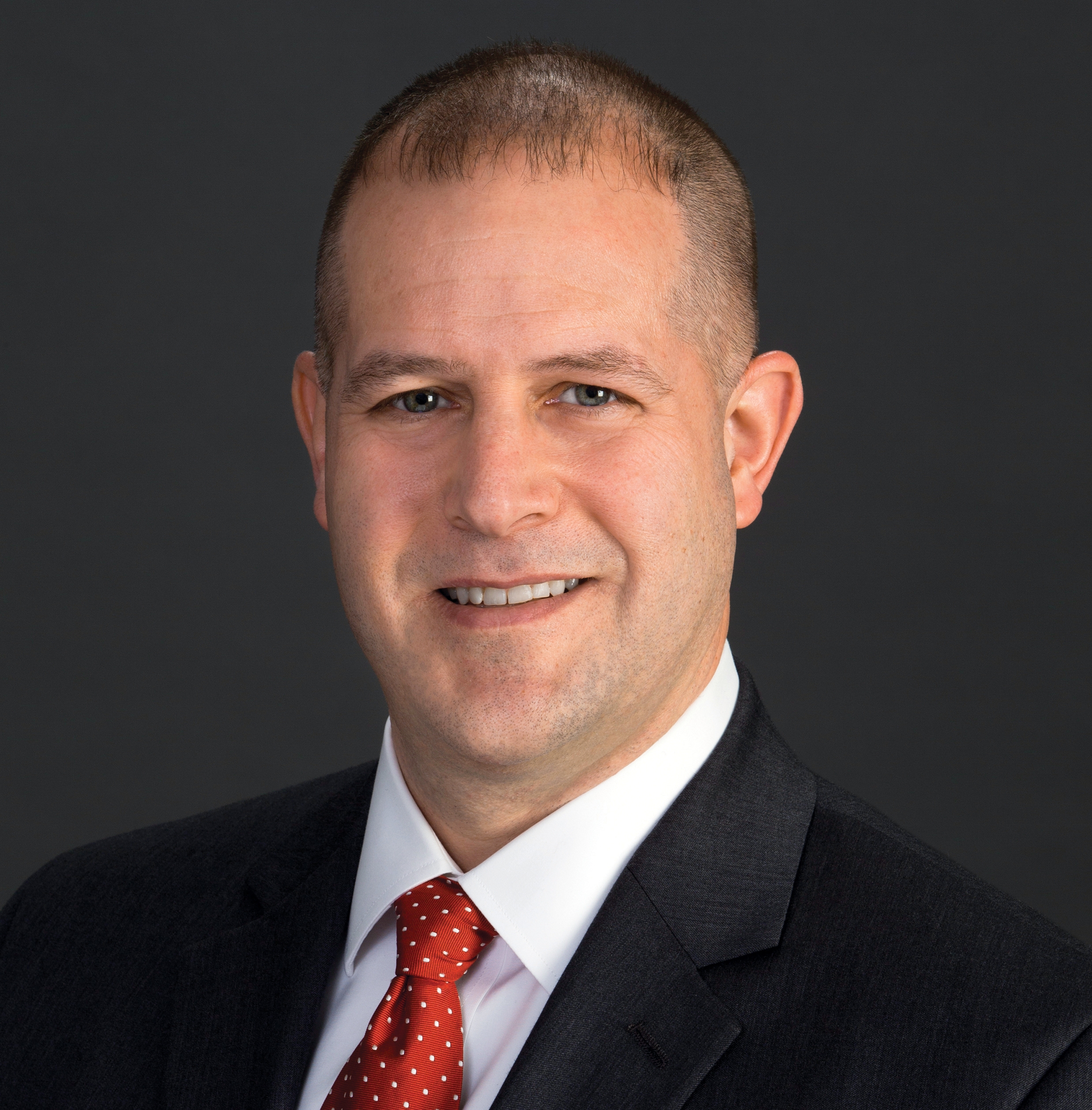New Faculty Member: William Diehl
Plugging leaks, keeping secrets
May 20, 2019

- Joined ECE August 2018 as Assistant Professor
- Ph.D., electrical and computer engineering, George Mason University, 2018
- Principal engineer, senior manager General Dynamics Mission Systems, 2015-2017
- U.S. Navy Cryptologic Officer and Surface Warfare Officer (Captain), 1991-2014
- M.S., strategic studies, Air War College, 2011
- Space systems certificate, Naval Postgraduate School, 2008
- M.A., international studies, Old Dominion › M.S., electrical engineering, Naval Postgraduate School, 2002
- Command and staff diploma, Naval War College, 2002
- Diploma in Persian-Farsi language, Defense Language Institute, 1997
- B.A., computer science and Russian language, Duke University, 1991
No matter how secure your device, it’s going to leak information. All existing physical devices emit some signature, like radio waves, power signals, near-field communications, or similar phenomena —and if a signal is observable, the device is vulnerable.
William Diehl, who recently joined the department as an assistant professor, specializes in secure, efficient cryptography that protects both software and hardware from malicious attacks.
“A lot of major cybersecurity breaches occur at the traditional software level, due to misuse of protocols, malware, passwords, etc.,” explained Diehl. “But an emerging portion are due to flaws in hardware.”
Side-channel analysis
Diehl is investigating side-channel analysis of lightweight authenticated ciphers—an experimental type of symmetric key cryptography, which involves probing for active and passive side channel attacks.
“We’ve successfully developed new methodology for analyzing fault attacks against these varieties of ciphers,” said Diehl. “Called fault intensity map analysis, it’s one of the most efficient statistical analyses for fault analysis.”
Diehl’s team has simulated the technique and tested it on reconfigurable devices. Research of these vulnerabilities will help bolster defense of systems against cyber-attacks that “cause fault, voltage, and clock malfunctions, observe the output, and make statistical inferences to steal people’s keys,” said Diehl.
Securing unmanned aerial systems
In collaboration with researchers from James Madison University, Diehl is also developing a layer of security that can be added to drones as they fly from node to node.
“It’s not easy to do secure communication on cheap drones because of extra size, weight, and power needs,” said Diehl. “We add an extra level of secret key encryption to achieve security, and implement a transformational technique called pairing-based cryptography.”
Signatures Analysis Lab
Signatures are the foundation of Diehl’s work. “Signatures could be anything we can find about a device,” he explained. “Finding or locating malware in code or hardware, Trojan detection, watermarking, IP protection. We want to learn and characterize all the ways a device can be observed.”
To develop secure, efficient cryptography, Diehl traces the paths an attacker would take, focusing specifically on vulnerabilities found in leaked power signals. He is currently building the Signature Analysis Laboratory to conduct voltage and current measurements, run algorithms, analyze data, tease out relationships, and search for secret keys on reconfigurable devices.
“The learning and design of these acquisition and analysis techniques is as valuable as the ultimate conclusion,” said Diehl. “Without methodology, there are no results, just theory.”


